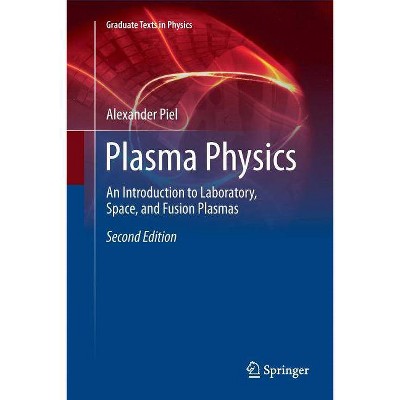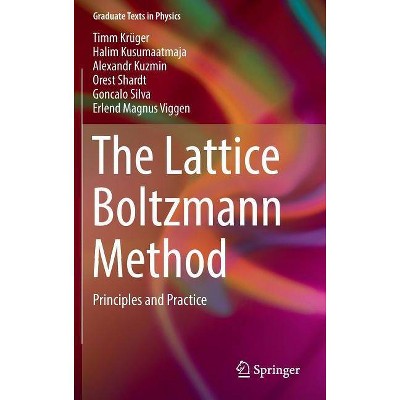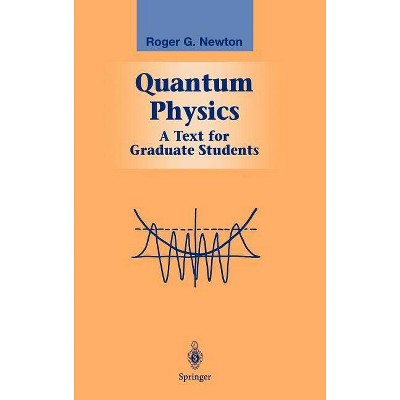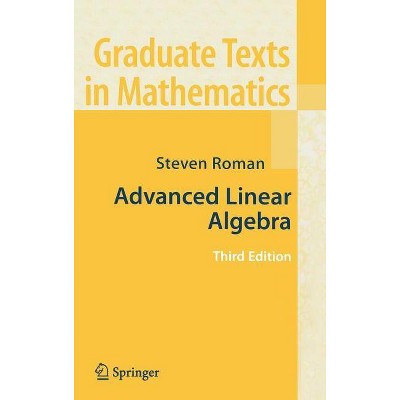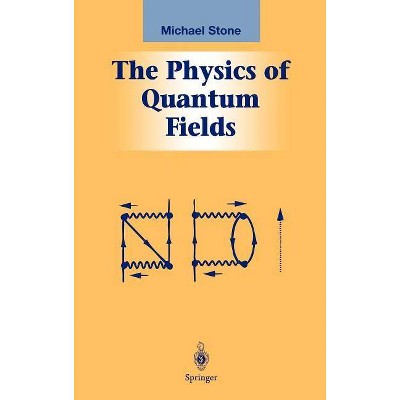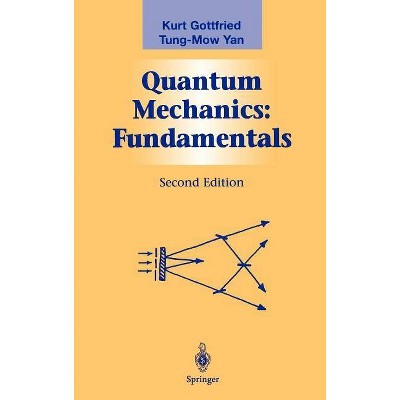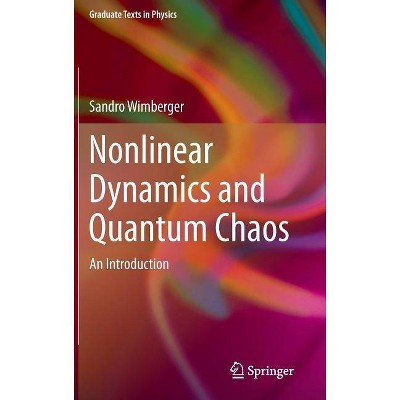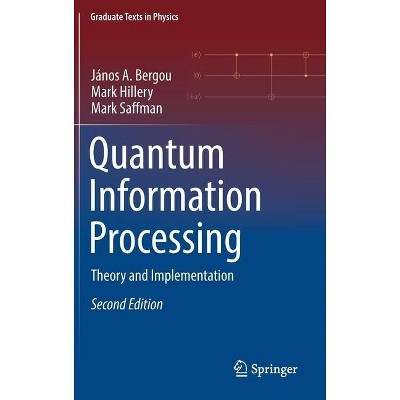Understanding Acoustics - (Graduate Texts in Physics) 2nd Edition by Steven L Garrett (Hardcover)
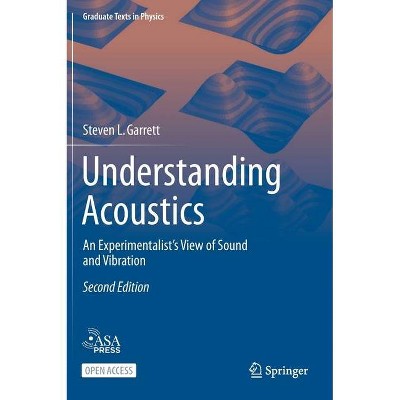
Similar Products
Products of same category from the store
AllProduct info
<p/><br></br><p><b> Book Synopsis </b></p></br></br>This open access textbook, like Rayleigh's classic <em>Theory of Sound</em>, focuses on experiments and on approximation techniques rather than mathematical rigor. The second edition has benefited from comments and corrections provided by many acousticians, in particular those who have used the first edition in undergraduate and graduate courses. For example, phasor notation has been added to clearly distinguish complex variables, and there is a new section on radiation from an unbaffled piston. Drawing on over 40 years of teaching experience at UCLA, the Naval Postgraduate School, and Penn State, the author presents a uniform methodology, based on hydrodynamic fundamentals for analysis of lumped-element systems and wave propagation that can accommodate dissipative mechanisms and geometrically-complex media. Five chapters on vibration and elastic waves highlight modern applications, including viscoelasticity and resonance techniques for measurement of elastic moduli, while introducing analytical techniques and approximation strategies that are revisited in nine subsequent chapters describing all aspects of generation, transmission, scattering, and reception of waves in fluids. Problems integrate multiple concepts, and several include experimental data to provide experience in choosing optimal strategies for extraction of experimental results and their uncertainties. Fundamental physical principles that do not ordinarily appear in other acoustics textbooks, like adiabatic invariance, similitude, the Kramers-Kronig relations, and the equipartition theorem, are shown to provide independent tests of results obtained from numerical solutions, commercial software, and simulations. Thanks to the Veneklasen Research Foundation, this popular textbook is now open access, making the e-book available for free download worldwide. <ul><li>Provides graduate-level treatment of acoustics and vibration suitable for use in courses, for self-study, and as a reference</li><li>Highlights fundamental physical principles that can provide independent tests of the validity of numerical solutions, commercial software, and computer simulations</li><li>Demonstrates approximation techniques that greatly simplify the mathematics without a substantial decrease in accuracy</li><li>Incorporates a hydrodynamic approach to the acoustics of sound in fluids that provides a uniform methodology for analysis of lumped-element systems and wave propagation</li><li>Emphasizes actual applications as examples of topics explained in the text</li><li>Includes realistic end-of-chapter problems, some including experimental data, as well as a <b>Solutions Manual</b> for instructors.</li><li>Features "Talk Like an Acoustician" boxes to highlight key terms introduced in the text.</li></ul><br><p/><br></br><p><b> From the Back Cover </b></p></br></br>This open access textbook, like Rayleigh's classic <em>Theory of Sound</em>, focuses on experiments and on approximation techniques rather than mathematical rigor. The second edition has benefited from comments and corrections provided by many acousticians, in particular those who have used the first edition in undergraduate and graduate courses. For example, phasor notation has been added to clearly distinguish complex variables, and there is a new section on radiation from an unbaffled piston. Drawing on over 40 years of teaching experience at UCLA, the Naval Postgraduate School, and Penn State, the author presents a uniform methodology, based on hydrodynamic fundamentals for analysis of lumped-element systems and wave propagation that can accommodate dissipative mechanisms and geometrically-complex media. Five chapters on vibration and elastic waves highlight modern applications, including viscoelasticity and resonance techniques for measurement of elastic moduli, while introducing analytical techniques and approximation strategies that are revisited in nine subsequent chapters describing all aspects of generation, transmission, scattering, and reception of waves in fluids. Problems integrate multiple concepts, and several include experimental data to provide experience in choosing optimal strategies for extraction of experimental results and their uncertainties. Fundamental physical principles that do not ordinarily appear in other acoustics textbooks, like adiabatic invariance, similitude, the Kramers-Kronig relations, and the equipartition theorem, are shown to provide independent tests of results obtained from numerical solutions, commercial software, and simulations. Thanks to the Veneklasen Research Foundation, this popular textbook is now open access, making the e-book available for free download worldwide. <br><p></p><ul><li>Provides graduate-level treatment of acoustics and vibration suitable for use in courses, for self-study, and as a reference</li><li>Highlights fundamental physical principles that can provide independent tests of the validity of numerical solutions, commercial software, and computer simulations</li><li>Demonstrates approximation techniques that greatly simplify the mathematics without a substantial decrease in accuracy</li><li>Incorporates a hydrodynamic approach to the acoustics of sound in fluids that provides a uniform methodology for analysis of lumped-element systems and wave propagation</li><li>Emphasizes actual applications as examples of topics explained in the text</li><li>Includes realistic end-of-chapter problems, some including experimental data, as well as a <b>Solutions Manual</b> for instructors.</li><li>Features "Talk Like an Acoustician" boxes to highlight key terms introduced in the text.</li></ul><p/><br></br><p><b> About the Author </b></p></br></br>Steven L. Garrett received his Ph.D. in Physics from UCLA in 1977. He continued research in quantum fluids at the University of Sussex in England, followed by two years in the Physics Department at the University of California at Berkeley as a Fellow of the Miller Institute for Basic Research in Science. Prof. Garrett joined the faculty of the Naval Postgraduate School in 1982 where his research efforts were concentrated on the development of fiber-optic sensors and thermoacoustic refrigerators. Prof. Garrett left NPS in 1995 to assume his current position as a Professor of Acoustics in the Graduate Program in Acoustics at Penn State. In 2001, he was a Fulbright Fellow at the Danish Technical University and in 2008 a Jefferson Fellow in the US State Department. Prof. Garrett is a Fellow of the Acoustical Society of America and recipient of their Interdisciplinary Medal in Physical and Engineering Acoustics as well as the Popular Science Magazine Award for Environmental Technology, the Helen Caldecott Award for Environmental Technology, and the Rolex Award for Enterprise (environment category). He has been issued over two dozen patents.
Price History
Price Archive shows prices from various stores, lets you see history and find the cheapest. There is no actual sale on the website. For all support, inquiry and suggestion messages communication@pricearchive.us
